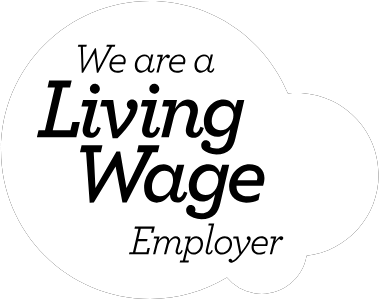“We must halve emissions by 2030 and achieve net zero emissions in the 2040s,” Patricia Espinosa told the Sport Positive Summit during her keynote address at COP26. “The sports industry can achieve this before then – I’m absolutely confident.”
In doing so, the UNFECC executive secretary handed over the baton to the sector. Commit to the UNFECC’s Sport for Climate Action Framework (S4CA) – the organisation devised to reduce the collective carbon footprint of the sports industry – and join the effort to align sport with the goals of the Paris Agreement, was her plea.
The Framework’s 280 signatories which include the likes of the International Olympic Committee, Athletics Kenya, BBC Sport, and the Premier League, are now facing even more ambitious targets – to reduce emissions by 50 per cent by 2030 at the latest and to achieve net zero emissions by 2040.
And the race to do so is well and truly on. In September 2020, the world’s first fully electric racing series ABB FIA Formula E World Championship became the first and only sport to be certified net zero carbon since its inception. Founded in 2014 with the mission to advance transport electrification and innovative low carbon mobility, Formula E’s carbon footprint is managed through three key steps: effective measurement of carbon output, prioritising reducing of the championship footprint and offsetting remaining unavoidable emissions.
Likewise, since its inception in 2019, SailGP has been measuring and reducing its own carbon footprint in line with a bold target of 55 per cent reduction of its carbon footprint by 2025, as well as committing to being fully powered by nature by 2025. The organisation also relies on offsetting its ‘unavoidable’ emissions via a partnership with One Carbon World.
And whilst such initiatives are a massive step in the right direction, the common thread between their stories is the offsetting of scope 3 or indirect emissions which account for the largest proportion of sport’s carbon output. Indeed, Formula E’s scope 3 emissions accounted for 95% of its carbon footprint over the course of season six, with spectator travel, food and beverage making up a sizeable proportion.
Whilst offsetting is certainly a legitimate way to mitigate the carbon impacts of an organisation’s operations, much more focus is needed on actually reducing emissions. And doing so requires a unified effort from organisers, athletes, and spectators. So long as athletes and spectators travel to compete in and attend sporting events, venues are built and upgraded, and merchandise is produced and sold alongside food and beverage offerings, the sports sector will always have a carbon footprint.
Enter Sky, which has launched a campaign to encourage sports fans to act against the climate crisis, subsequently lowering scope 3 emissions. Sky will be collaborating with partners at five key sports events including The Hundred; British Grand Prix; and Goodwood Festival to help educate sports fans on the impact of climate change on the world of sport. From flooded pitches to rain delays, to wildfires, to athletes experiencing heat exhaustion, climate change is threatening sport as we know it.
Fans will be encouraged to act in a more environmentally friendly manner including using public transport where possible, swapping in vegan alternatives and reducing the amount of buying and throwing away by increasing the use of reusables to help eliminate single-use plastics.
Other examples of sports organisations working to address scope 3 emissions include the annual tennis grand slam, Wimbledon which this year introduced several innovations to meet its Environment Positive goal, including countertops made from recycled racket strings, low carbon options across menus, reusable cups for hot drinks and even a bug hotel in the Queue.
German football club, VfL Wolfsburg which recognised that 6 per cent of its carbon impact comes from fans travelling has installed e-charging infrastructure for electric cars at the stadium whilst also extensively surveying fans to map their matchday travel movements with a view to creating new offers and incentive systems to use less carbon-intensive transportation.
Getting to net zero will be a challenge for most sports organisations – but it should not be a challenge it shies away from. And Formula E, SailGP, Wimbledon and Vfl Wolfsburg among others are demonstrating that through partnerships, creativity and effort, sport’s low carbon and innovative pathway to net zero is a little clearer. Hopefully, Espinosa’s confidence will be justified!






